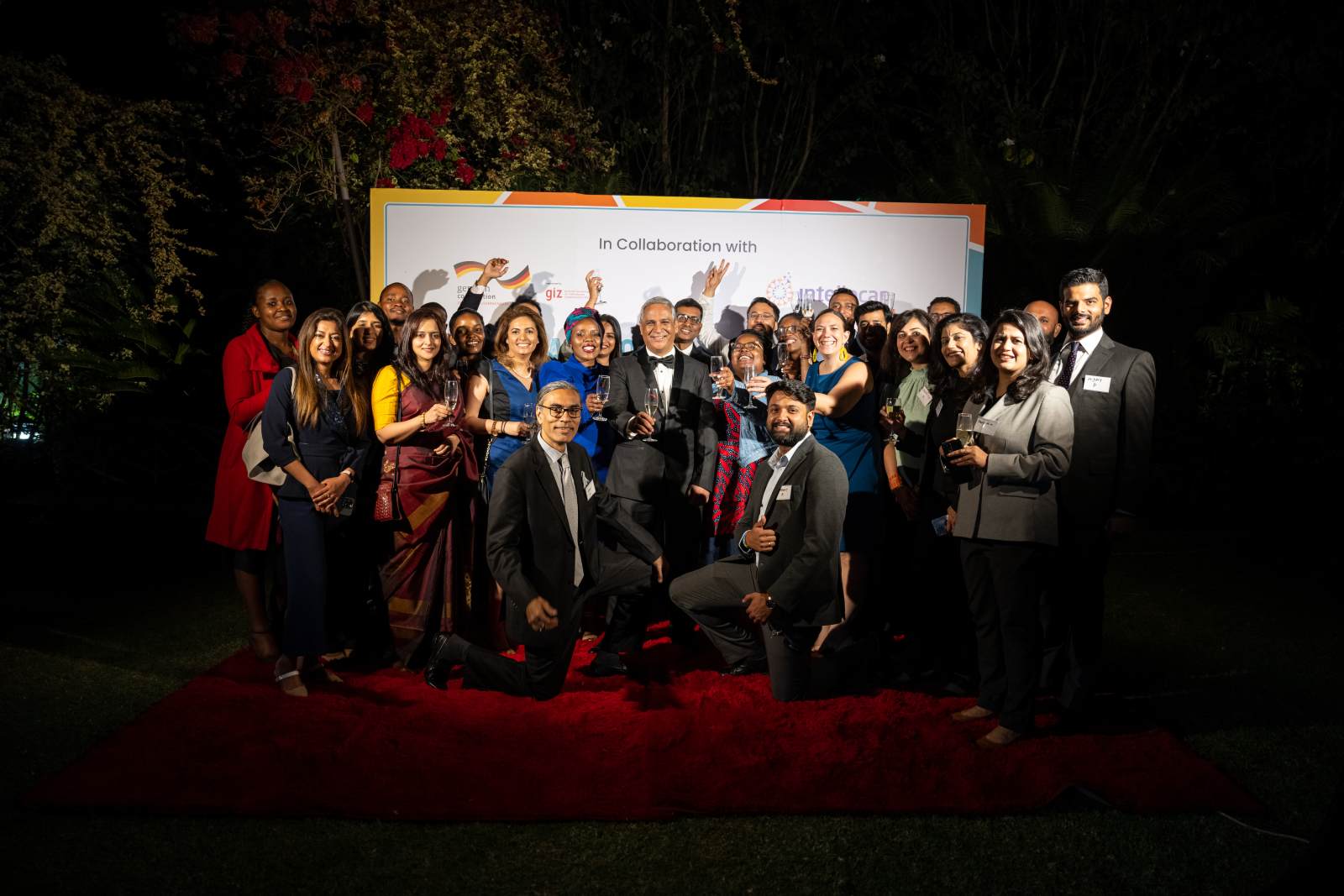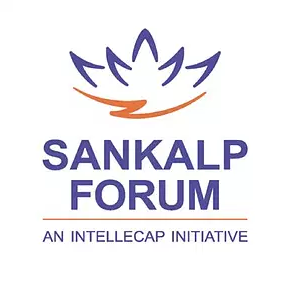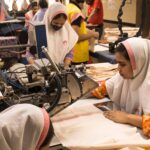

Women face additional barriers that men do not, especially when building and growing a business. Despite their businesses being smaller, informal, lacking diverse networks and operating in less profitable sectors than their male counterparts, they still take on the responsibility of unpaid care work for the children and elderly. Evidence also shows that acceleration programs can actually exacerbate the gender gap, particularly when it comes to equity financing despite the fact that women-led businesses are often better investments.
Visa Foundation’s mission is to support inclusive economies where individuals, businesses and communities can thrive. Through grant making and investing, Visa Foundation prioritizes the growth of gender diverse and inclusive small and micro businesses. The foundation has invested $200 million towards equitable financial access with a gender lens, $163 million of which has already been invested in programs and initiatives geared towards women inclusion.
In view of this, Visa Foundation hosted a roundtable at the 10th Sankalp Africa Summit in Nairobi, not to answer the question if the ecosystem needed more support for women-led businesses, but how best to address systemic inequities in the entrepreneurial ecosystem. This roundtable session explored 3 thematic areas in order to answer this question.
Business support through women-only acceleration programs
Women accelerator programs have had some great wins in enabling women entrepreneurs to soar. Nanko Madu, Director Programs at Afrilabs, notes that, “The key contributors to successful inclusion of women entrepreneurs are women targeted funding, capacity building & mentoring and women lead incubation hubs.” Despite the progress made, there are still some fundamental challenges facing the inclusion of women entrepreneurs among them:
Enterprise support programmes designed for women entrepreneurs provide generic support similar to mainstream enterprise support programs that include both men and women enterprises. The programmes are not customized to the persona of a woman entrepreneur and thus fail to address the unique challenges faced by women entrepreneurs.
The women inclusion interventions should go beyond increasing the quantity, that is the number of women present in accelerator programmes to identifying the quality of the women represented. The women entrepreneurs should derive more than just participating in the quality of business operations and investments attracted.
To improve the effectiveness of the women-only acceleration programs, there is a need to develop the ecosystem to better respond and support women entrepreneurs in the context of life realities. Structuring of accelerator programmes should embed the persona of a women entrepreneur and create resonating interventions. Aspects like the call for application process, training content and mode of delivery should be tailored in the context of a woman entrepreneur. Networking and peer to peer learning among women entrepreneurs should also be incorporated as women are good at cross exchanging. The health of the family is also an important and critical contributor to the success of women owned businesses, since women are the primary caregivers in their households. Measures of maintaining a healthy family should thus be incorporated in the programmes.
Networks support by building the social fabric for women entrepreneurs
Women-only acceleration programs are a great avenue for women entrepreneurs to network and learn from one another. Korkor Cudjoe; Grace Machel Trust, notes that, “Network building in these programs is essential as it gives women entrepreneurs visibility and market access. Networking has also proven to be effective in providing women entrepreneurs with the support, resources, and connections they need to succeed in the competitive world of business.” Unfortunately, a majority of women entrepreneurs struggle to network due to various hurdles such as time constraints due to competing family and household demands, gender biases due to cultural influences, lack of access to networks due to limited access to information, lack of confidence in comparison to their male counterparts, and major stereotypes associated with women such as being too emotional or too soft-spoken which can lead to them being overlooked in networking situations. It is also apparent that women are joining business sectors with low entry level requirements. This could be attributed to networks that are not exposing and showcasing successful women in higher entry requirement businesses and looming low confidence levels among women entrepreneurs.
To address these shortcomings, there is a need for the formalization and customization of women entrepreneurs’ networks in order to cater for the unique needs of women entrepreneurs. Women-only cohorts can contribute to the effectiveness of these networks through designing networking platforms for women and training their participants on effective networking. Behavioral and mindset change is critical in addressing the challenges women face in networking and thus should be incorporated. Additionally, confidence building should be incorporated in the enterprise support programmes as it is integral in effective networking.
Toolkits to promote inclusive investment approaches
In the recent decade, there has been a surge in Gender Lens investing (GLI) toolkits in Africa, but the uptake of the funding has been underwhelming. Susan Okoh- Principal AFAVA Officer, African Development Bank Group, pointed out that in addition to the unique barriers mentioned above that women face, there are some unique challenges associated with access to funding that women face such as:
- Informality of their businesses due to the high costs associated with formalization.
- Inadequate collateral due to lack of ownership of assets such as land.
- A majority of women have limited financial literacy and access to financial education due to societal and cultural norms making it harder for them to navigate financial systems and secure financing.
- Lack of awareness of the concept of GLI due to lack of information and inadequate exposure to the financing ecosystem. There is a misperception of the risks associated with GLI as most of the women are only familiar with traditional funding options such as debt.
- Inadequate communication, public awareness and information sharing on the women entrepreneur’s successes and failures. There are few relatable stories on financing for the different women owned businesses that are at different stages.




